Voters - Your Party is Manipulating Your Priorities!
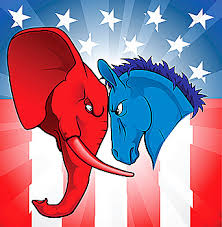
Every four years America enters another cycle in the Presidential election, with numerous candidates stumping for the nomination of their respective parties for the fall election. In many cases, there appears to be a clear-cut or “chosen” establishment candidate for each party; one who is molded to speak the party doctrine, uphold the party talking points, and downplay the party negatives. When challengers from outside the establishment class enter the race, they are summarily attacked, ridiculed, outspent, and labelled as something terrible by the old guard. This cycle has been going on for decades and has been successful for the two established parties to maintain their collective grip on American politics. With two major political parties in America, they typically have opposite stances on many agenda items that are core to their platforms, yet in many cases are less important to actual voters.
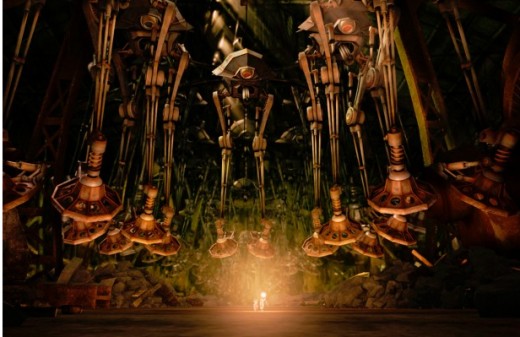
The Establishment Platform
This preoccupation with party doctrine has given understanding to the term “establishment” by the common voter. Party website, literature, and other communications spell out these ideals to prospective members and often they are attached to achieving certain goals or driving policy. One might wonder if the membership is beholden to the doctrine of the party or is the party beholden to the wishes of its members. This question opens up a wider thought process to scholars of political science and with the upheaval we are seeing in the current election cycle merits a deeper look. The Democratic Party platform in 2012 was based on Moving America Forward, Rebuilding the Middle Class, Putting America Back to Work, Ending the Iraq War, and strong support of a host of social programs including abortion rights. The Republican Party platform in 2012 was Restoring the American Dream, Renewing American Values, Reforming Government, American Exceptionalism, and strong support of the military, domestic energy, and the overall reduction of regulations in the marketplace. These party platforms were as polarized as one could ask for, with exactly opposite viewpoints on gun control, same-sex marriage, abortion rights, healthcare, and many other important topics to our nation.
The party platforms are formulated by the party elite; entrenched politicians, strategists, advisers, and other long-term members of the party. They are basically dictating how their respective party is going to run the government and serve the people should their representative be elected. These party elites put out a detailed agenda on multiple topics as a way to calm any concerns their membership might have, especially in times of world turbulence. They serve as marketing tools to help “sell” the party to new voters or independent voters and voters do pay attention to them to a certain degree, especially if they deviate from them. Any politician that deviates from the party platform after being elected takes a lot of heat from the media and voters, despite the circumstances. An outsider might look at this two-party system and remark that the priorities of the voters are being dictated by their party. If one wishes to be a member of the Democratic party, then they must support abortion, conversely if one wants to be Republican they need to support big energy. The outsider again might find themselves in an ocean of confusion after this simple comparison and they well should be confused.

We the People or Party Elites?
In a nation where “we the people” is supposed to be the reason why government exists in the first place, it seems ludicrous that a handful of well-heeled and connected people are calling the shots for the hundreds of millions of citizens who live in the nation. The big topics alone could shake a voter to his or her very core, and the smaller ones would add a face-palm level of angst, especially when looked at from platform to platform. An example of this face-palm thinking can be understood by looking at the role women play in the executive branch. In 2016, Hillary Clinton is running for the presidency and her campaign and the Democratic party is stressing how much America needs a woman in higher office, yet less than ten years ago when Sarah Palin was in the VP slot on the Republican ticket, she was literally humiliated and destroyed by the Democrats and her “special status” as a woman meant nothing. So do we really need a woman in higher office, or a black man, or any other minority? The answer is no or yes depending on what your party dictates and who they have running. The media also plays an important part in helping to support the establishment platforms based on what they report on and more importantly what they won’t report on. Favorable stories to support a party platform have always been a crucial asset to help candidates win elections; at least that was the way things went in the past. Now the internet has given voters an opportunity to see all sides of every story the mainstream outlets have lost much of their clout in guiding voters.
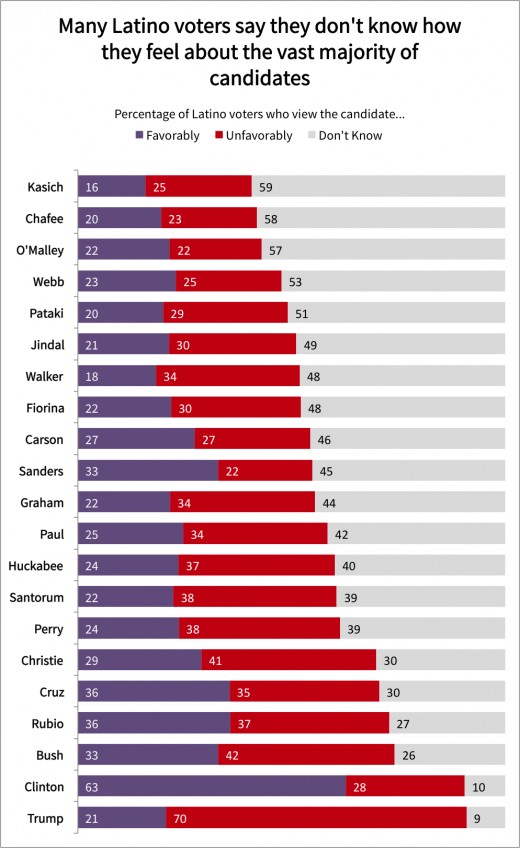
Pollsters Gaming the System
Political polling is another steering device that is overused. By asking targeted questions, pollsters are able to produce results which support their point. In the current election cycle many of the polls ask voters how much they dislike Donald Trump so they can highlight that as party of a strategy to knock him out of the race. The pollsters often exploit topics like religion, stance on controversial topics such as transgenderism, race relations, and other social issues to paint an opponent in a negative shade. They also put out lists of so-called priorities to rank America’s problems and tie them to the party platforms. Other polls ask outlandish “gotcha” questions in an attempt to find answers which will make someone seem too extreme to be fit for office. In the past system, all of these tactics served to frame each election to a list of topics that the opposing candidates could show their strengths and weaknesses on to the American public in hopes of gaining their vote. Unfortunately the topics that are more important to the American people were given a backseat to those of the party. Divisional politics have been slowly eroding confidence in the American system for years. Aside from the two months after the September 11th tragedy in New York, Congress has had an approval level of 50% or much lower dating back until 1974 according to Gallup. Party politics are a big reason for this poor showing.
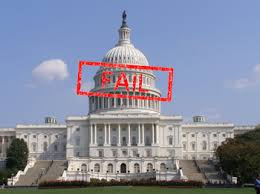
Decades of Failure, Vote, Failure, Vote, Failure
Presidential candidates are not the only ones who champion the party platforms and it’s evident that it really isn’t effective for America since voters of both parties are unsatisfied with the results. Political gridlock, obstructionism, party line voting, and outbursts on the floors of the Senate and Congress are becoming more common as the Senators and Congress men and women fight harder and dirtier to defend their party. The topics they fight tooth and nail against one another come in two varieties, either something that redefines America – Obamacare is a good example of this, or things that no one cares about except a handful of citizens and the party, like subsidy payments. Things that matter, really matter to the nation get discussed in committee after committee and sadly usually end up dying due to lack of bipartisan support. When the rare bill comes up for vote that both parties can support, it usually passes with a huge majority – like declarations of war when we are attacked or emergency funding of disaster areas.
Congress Doesn't Meet Our Needs
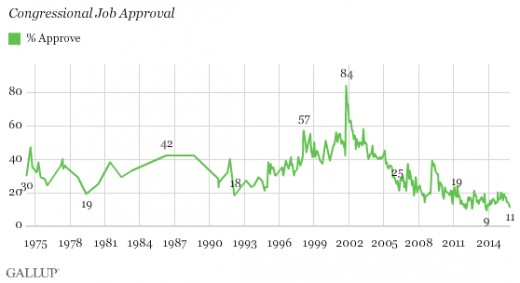
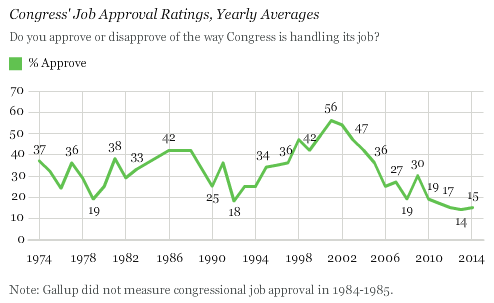

Money & Control
Yet with so much negativity reported in government, voters still allow themselves to be defined by their party platforms. Candidates know that unless they pick one side of the other, then the chances of them being able to compete financially as an independent against the machines of the two parties are slim to none. The 2016 primary cycle has put most of this convention party wisdom on the table for debate. With maverick candidates running and doing quite well in both mainstream parties, the era of politics as we know it might be about to change. The focus of these, outsider candidates are on the real issues that they see as important to America and not along party lines. If Donald Trump had not made his historic speech on the Mexican border, immigration would have been a low level topic as it always has been; although it’s destroying the fabric of the nation, big monied donors on both sides want it to continue for their benefit, not America’s benefit. Additionally if Trump had not been so vocal on trade reform, especially with China, that too would have been a non-issue and bills like the TPPA would have slid through hardly noticed by voters. Both Bernie Sanders and Donald Trump are speaking loudly about fixing the VA and supporting veterans, which has been a disaster for decades. Both also are pro-American in their own ways, insisting that it’s the people who government is there to support, not the other way around. Bernie Sanders is getting enough small donations from voters to support his cause and Trump is self-financing his cause which has put the establishment in a tailspin due to the loss of control.
Control is really what the 2016 election comes down to for America. Will we continue to allow machine politics dictate what our priorities are or will we demand more from our government? With broad appeal that transcends party lines, Mr. Trump and Sen. Sanders are demonstrating that they are more than just Republican or Democratic candidates, but American candidates who want to tackle issues that they feel are important to the survival and prosperity of the nation. Clearly by the way the parties and the media are in full attack mode against these two, it’s making an impact. Trump is almost certain to lock up the nomination for the Republican party while Sanders chances are slim but still viable. The support these two are getting clearly says that America is waking up and could be ready to ditch the old machines. Look for establishment candidates to continue to use a false narrative on how they could better serve America. Senator Clinton, Senator Rubio, Senator Cruz, and Senator Sanders are all part of the establishment, despite their claims that they are not; The same establishment that has shown a low approval rating for years. Governor Kasich has a positive approval rating in Ohio where he is governor yet he comes from a background as a US Congressman; again a cog in a failed system.

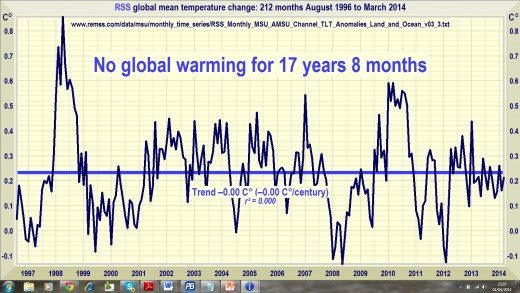
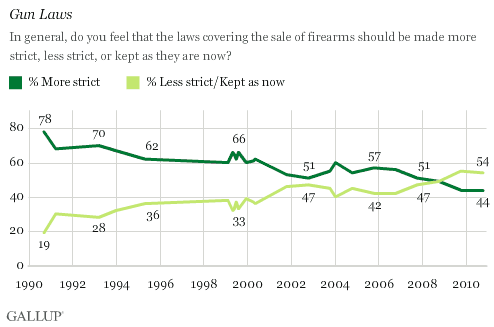

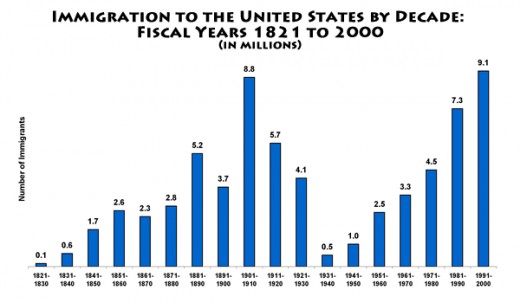
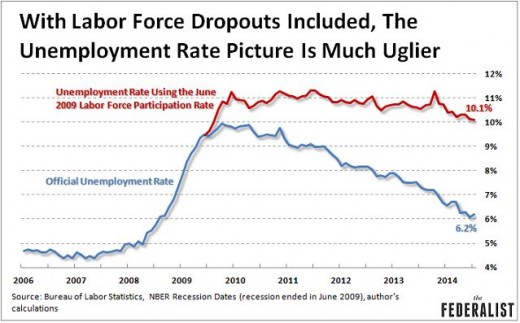
Will 2016 Break the Machine ?
As a voter, this year will be important as the elected President will most likely be responsible for nominating multiple Supreme Court justices, finding a way to reduce a massive Federal Debt, dealing with a broken healthcare system, tackling world terrorism, major immigration reforms both legal and illegal, and moving the economy back to a positive growth cycle. What the establishment would like to see America focused on is social policies, the Iranian Nuclear program, gun control, abortion issues, domestic spying programs, global warming, regulations that make money for the government, pet projects, religion and religious freedoms, and common core. The establishment topics are front and center in the mainstream media, while the real issues are beneath the fold. So, as a voter, will you go to cast your ballot this year along party lines or will you look at the bigger picture and vote for a candidate who wants to heal America, make you safer, bring jobs home, and make sure you have an opportunity to succeed? And in closing I’ll say, Isn’t it time for term limits?
America is Going in the Wrong Direction
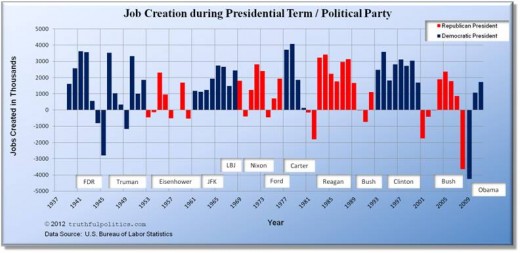
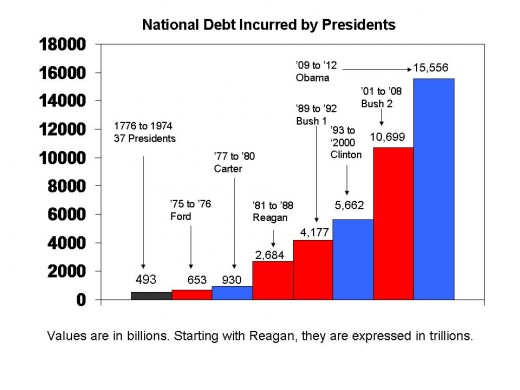
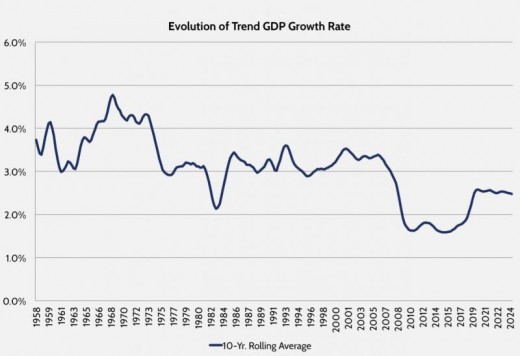
Summary
First I like to thank BradmasterOCcal for the inspiration on this hub - we were speaking this morning and he made a comment which opened my mind for this work.
Our system is failing us - if you disagree, then tell me how your candidate is going to fix things for the majority of Americans.

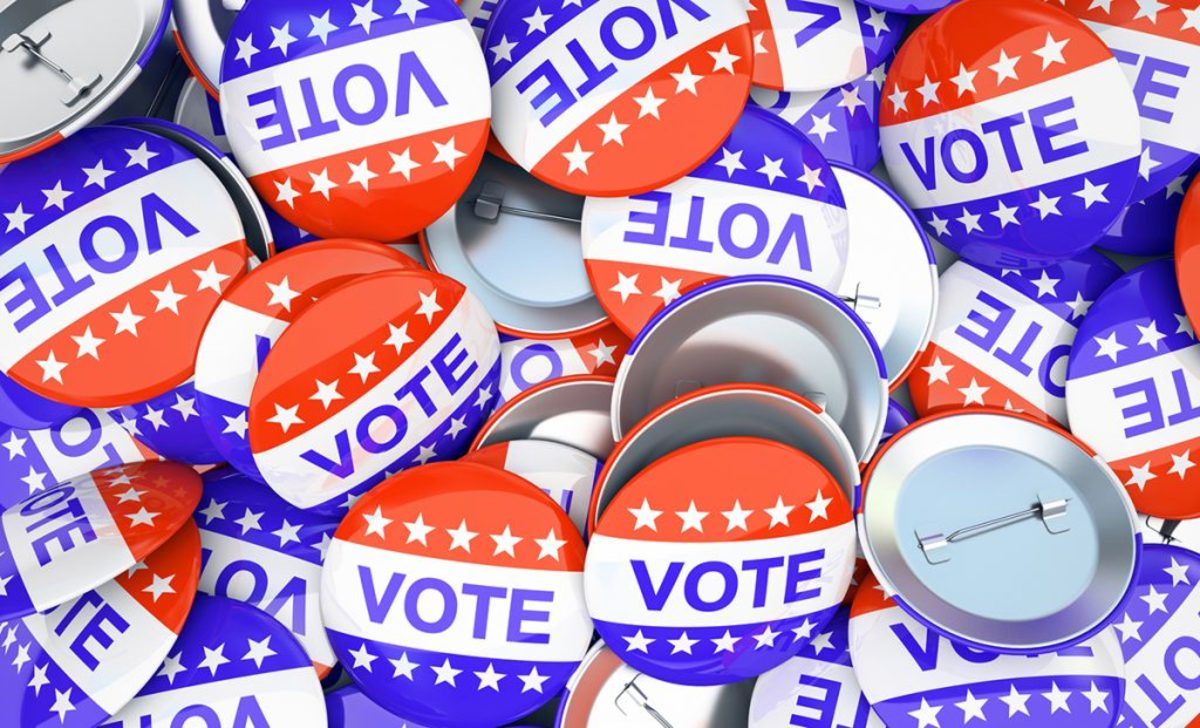
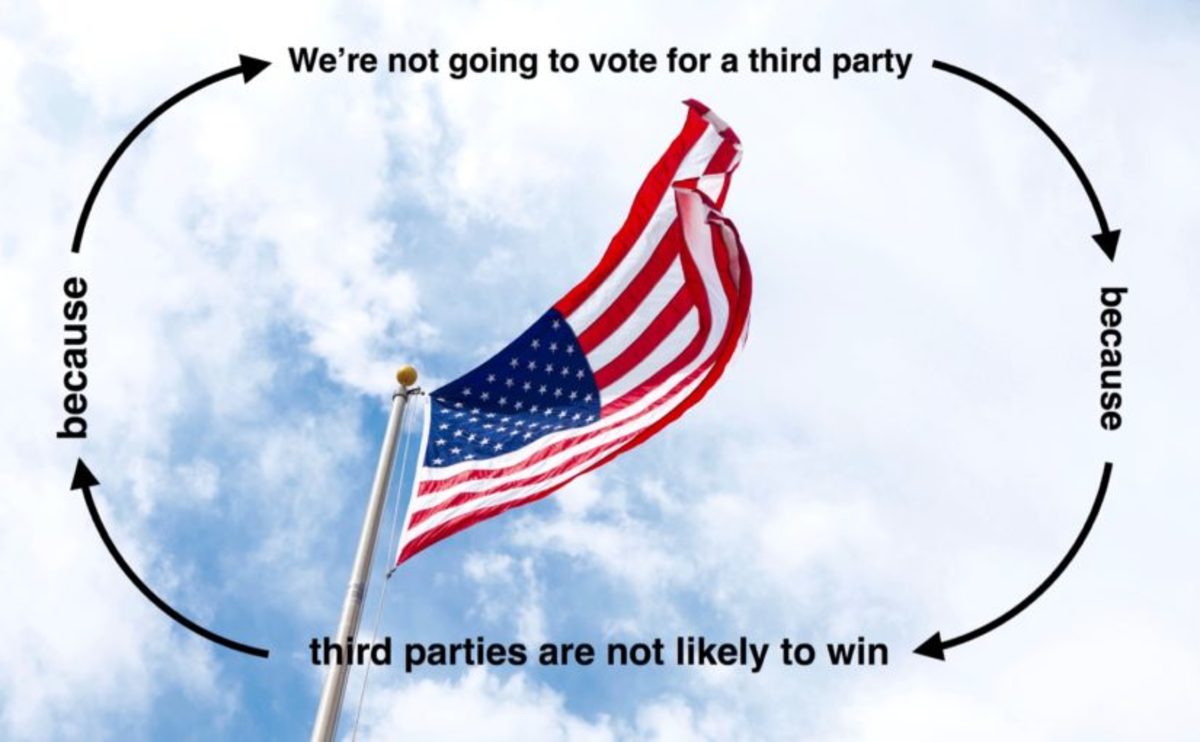



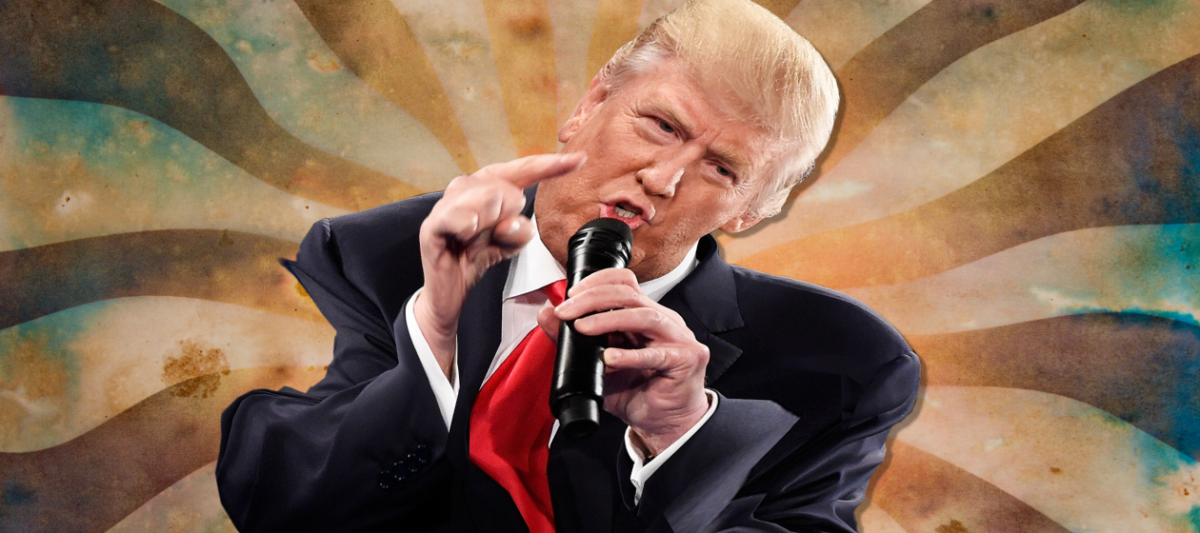
![American Politics: The BIG LIE in Politics, From The Republican Presidential Convention [124] American Politics: The BIG LIE in Politics, From The Republican Presidential Convention [124]](https://images.saymedia-content.com/.image/t_share/MTc2NDYyMjI1MzEyNjU1MzIy/the-big-lie-in-politics-from-the-conservative-side.jpg)
